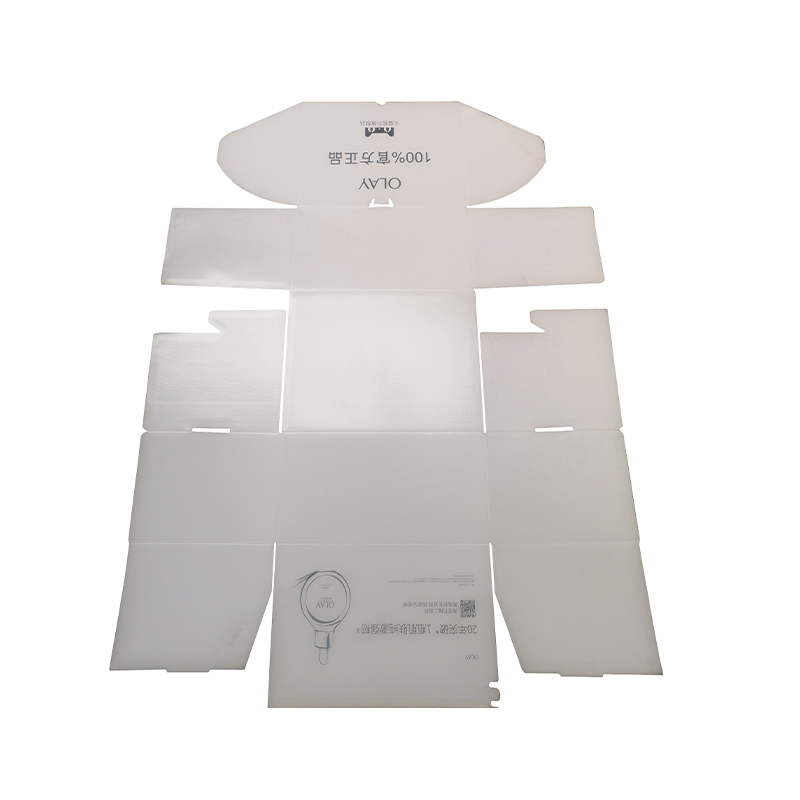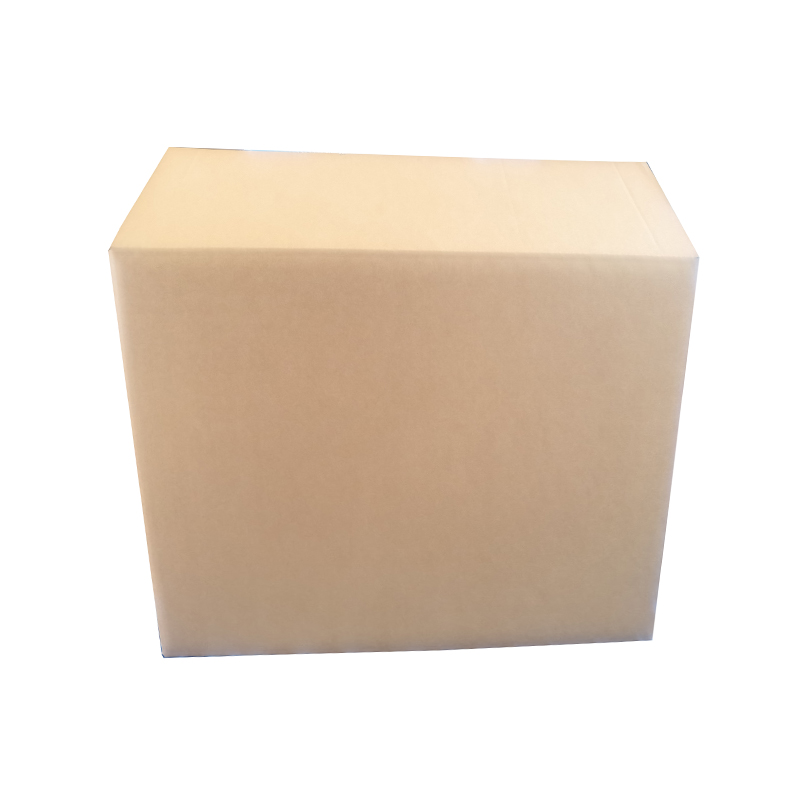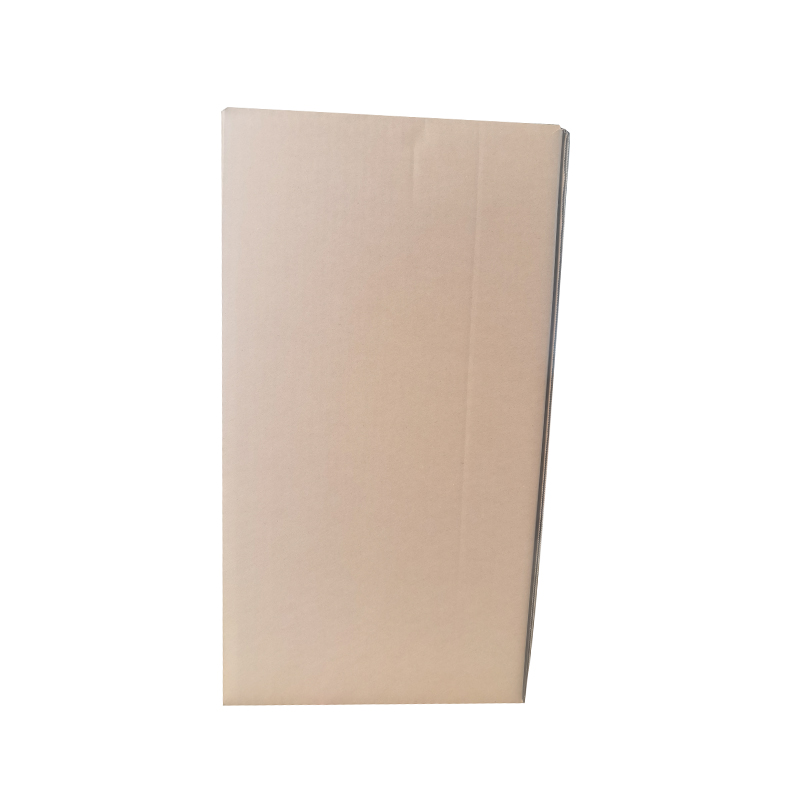How does the aircraft box ensure the safe transportation of the items inside through its sturdy structure?
Release Time : 2025-06-05
As a packaging solution designed for air transportation, the aircraft box plays a vital role in ensuring the safe transportation of the items inside with its sturdy structure and well-designed functions. Whether it is the pressure changes and vibrations experienced during long-distance flights or the collisions and frictions during loading and unloading, the aircraft box can provide excellent protection, making every transportation worry-free.
First of all, the sturdy structure of the aircraft box starts with its material selection. High-quality raw materials are the basis for building strong protection. It is usually made of multi-layer composite materials. This material not only has excellent compressive resistance, but also has good flexibility. It can effectively disperse the pressure when it is impacted by external forces, avoiding local damage caused by excessive force. In addition, in some special application scenarios, the aircraft box will also add reinforced fiber or metal frames to further enhance the stability of the overall structure and ensure that it can remain intact even under extreme conditions.
Secondly, the design of the aircraft box fully considers the various challenges that may be encountered during transportation. For example, at the beginning of the design, various stress conditions in the actual transportation environment will be simulated, including acceleration changes during takeoff and landing, air pressure differences in high-altitude low-pressure environments, and the risk of falling during ground transportation. Based on these considerations, aircraft boxes are usually equipped with reinforced corners and edge protection devices, which are often the places that are most frequently subjected to external impacts. By adding additional protective layers or using more wear-resistant and collision-resistant materials, the probability of damage caused by accidental impacts can be significantly reduced, providing all-round safety protection for internal items.
In addition, the design of the buffer layer is also one of the important factors for the aircraft box to ensure the safety of internal items. In order to cope with vibrations and bumps during transportation, one or more layers of high-efficiency buffer materials are often set inside the aircraft box. These buffer materials have excellent energy absorption capacity and can quickly convert kinetic energy into heat energy or other forms of energy consumption when vibration occurs, thereby reducing the direct impact on the internal items. For some particularly sensitive or fragile goods, such a buffer design is crucial. It not only prevents physical damage, but also maintains the original form and functional integrity of the product.
Not only that, sealing performance is also one of the key indicators for evaluating the quality of an aircraft box. Excellent sealing design can effectively prevent external moisture, dust and other pollutants from entering the box, which is especially important for electronic products, precision instruments and medical products that require high moisture and dust resistance. Many high-end aircraft boxes also use special sealing strips and locking devices to ensure that the internal environment remains dry and clean even under high humidity or bad weather conditions, providing the best storage conditions for the goods.
In addition, considering the convenience and safety in actual operation, the aircraft box has also made many optimizations in appearance design. For example, the reasonable layout of the handle position, the easy-to-identify identification system and the humanized opening method are all aimed at improving the user experience. Especially for those aircraft boxes with larger volume or heavier weight, the scientific and reasonable handle design can make the handling process easier and more labor-saving, reducing the risk of human operation errors. At the same time, clear and clear identification also helps to quickly locate and classify management, improve logistics efficiency, and indirectly ensure the safe transportation of goods.
It is worth mentioning that with the advancement of technology and changes in market demand, modern aircraft boxes are still evolving and improving. For example, some new aircraft boxes have begun to incorporate intelligent elements, such as built-in sensors that can monitor the environmental parameters inside and outside the box in real time, and feed back information to relevant personnel through wireless transmission technology, so that timely measures can be taken to deal with emergencies. This intelligent design concept not only improves the safety factor of transportation, but also provides users with more value-added services.
In short, the aircraft box has demonstrated unparalleled advantages in ensuring the safe transportation of internal items with its sturdy and durable structure, meticulous design and innovative technology applications. Whether facing complex logistics environments or demanding transportation requirements, the aircraft box can cope with it calmly and has become a trusted choice for many industries. In the future, with the continuous development of science and technology, I believe that the aircraft box will play an important role in more fields and continue to write its brilliant chapter in protecting precious goods.
First of all, the sturdy structure of the aircraft box starts with its material selection. High-quality raw materials are the basis for building strong protection. It is usually made of multi-layer composite materials. This material not only has excellent compressive resistance, but also has good flexibility. It can effectively disperse the pressure when it is impacted by external forces, avoiding local damage caused by excessive force. In addition, in some special application scenarios, the aircraft box will also add reinforced fiber or metal frames to further enhance the stability of the overall structure and ensure that it can remain intact even under extreme conditions.
Secondly, the design of the aircraft box fully considers the various challenges that may be encountered during transportation. For example, at the beginning of the design, various stress conditions in the actual transportation environment will be simulated, including acceleration changes during takeoff and landing, air pressure differences in high-altitude low-pressure environments, and the risk of falling during ground transportation. Based on these considerations, aircraft boxes are usually equipped with reinforced corners and edge protection devices, which are often the places that are most frequently subjected to external impacts. By adding additional protective layers or using more wear-resistant and collision-resistant materials, the probability of damage caused by accidental impacts can be significantly reduced, providing all-round safety protection for internal items.
In addition, the design of the buffer layer is also one of the important factors for the aircraft box to ensure the safety of internal items. In order to cope with vibrations and bumps during transportation, one or more layers of high-efficiency buffer materials are often set inside the aircraft box. These buffer materials have excellent energy absorption capacity and can quickly convert kinetic energy into heat energy or other forms of energy consumption when vibration occurs, thereby reducing the direct impact on the internal items. For some particularly sensitive or fragile goods, such a buffer design is crucial. It not only prevents physical damage, but also maintains the original form and functional integrity of the product.
Not only that, sealing performance is also one of the key indicators for evaluating the quality of an aircraft box. Excellent sealing design can effectively prevent external moisture, dust and other pollutants from entering the box, which is especially important for electronic products, precision instruments and medical products that require high moisture and dust resistance. Many high-end aircraft boxes also use special sealing strips and locking devices to ensure that the internal environment remains dry and clean even under high humidity or bad weather conditions, providing the best storage conditions for the goods.
In addition, considering the convenience and safety in actual operation, the aircraft box has also made many optimizations in appearance design. For example, the reasonable layout of the handle position, the easy-to-identify identification system and the humanized opening method are all aimed at improving the user experience. Especially for those aircraft boxes with larger volume or heavier weight, the scientific and reasonable handle design can make the handling process easier and more labor-saving, reducing the risk of human operation errors. At the same time, clear and clear identification also helps to quickly locate and classify management, improve logistics efficiency, and indirectly ensure the safe transportation of goods.
It is worth mentioning that with the advancement of technology and changes in market demand, modern aircraft boxes are still evolving and improving. For example, some new aircraft boxes have begun to incorporate intelligent elements, such as built-in sensors that can monitor the environmental parameters inside and outside the box in real time, and feed back information to relevant personnel through wireless transmission technology, so that timely measures can be taken to deal with emergencies. This intelligent design concept not only improves the safety factor of transportation, but also provides users with more value-added services.
In short, the aircraft box has demonstrated unparalleled advantages in ensuring the safe transportation of internal items with its sturdy and durable structure, meticulous design and innovative technology applications. Whether facing complex logistics environments or demanding transportation requirements, the aircraft box can cope with it calmly and has become a trusted choice for many industries. In the future, with the continuous development of science and technology, I believe that the aircraft box will play an important role in more fields and continue to write its brilliant chapter in protecting precious goods.







